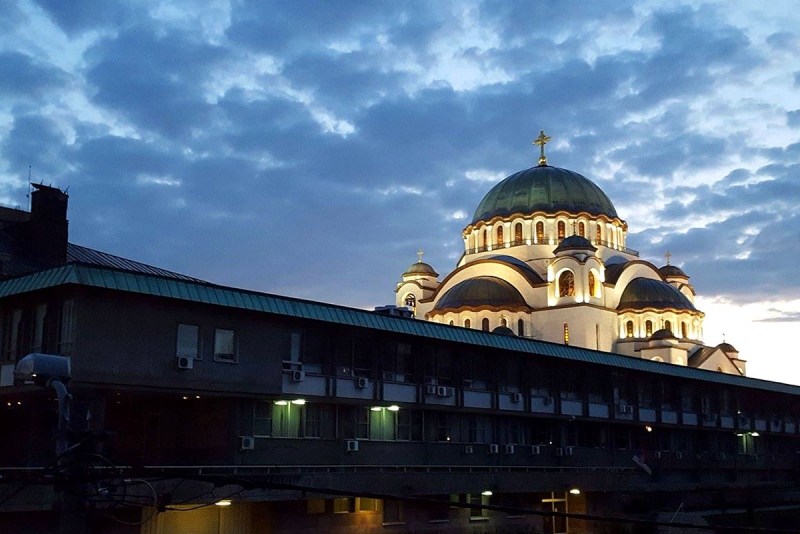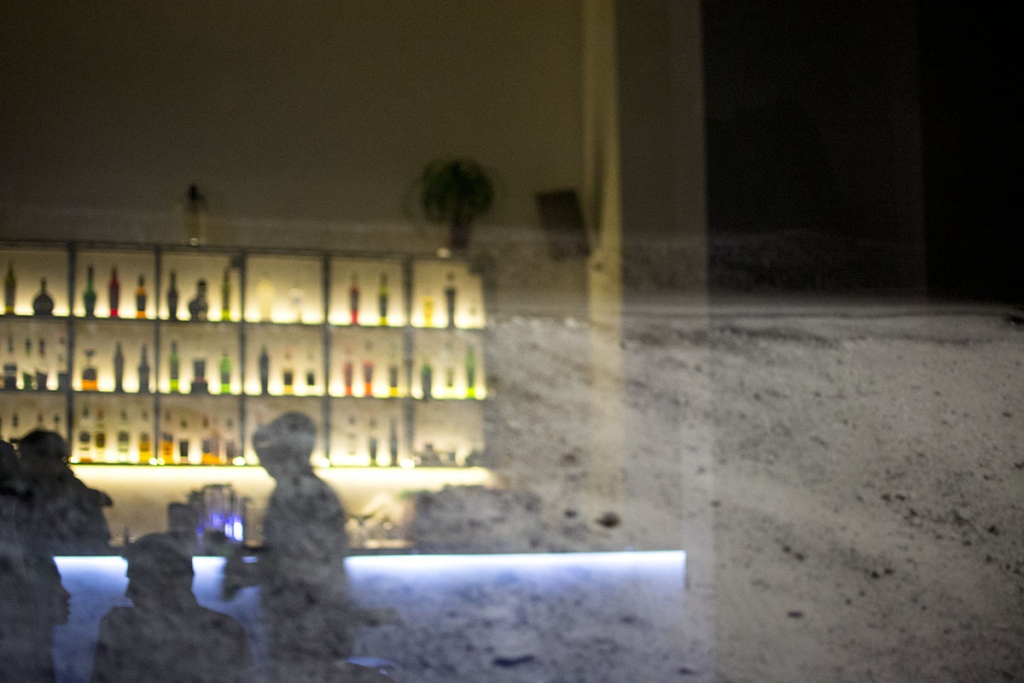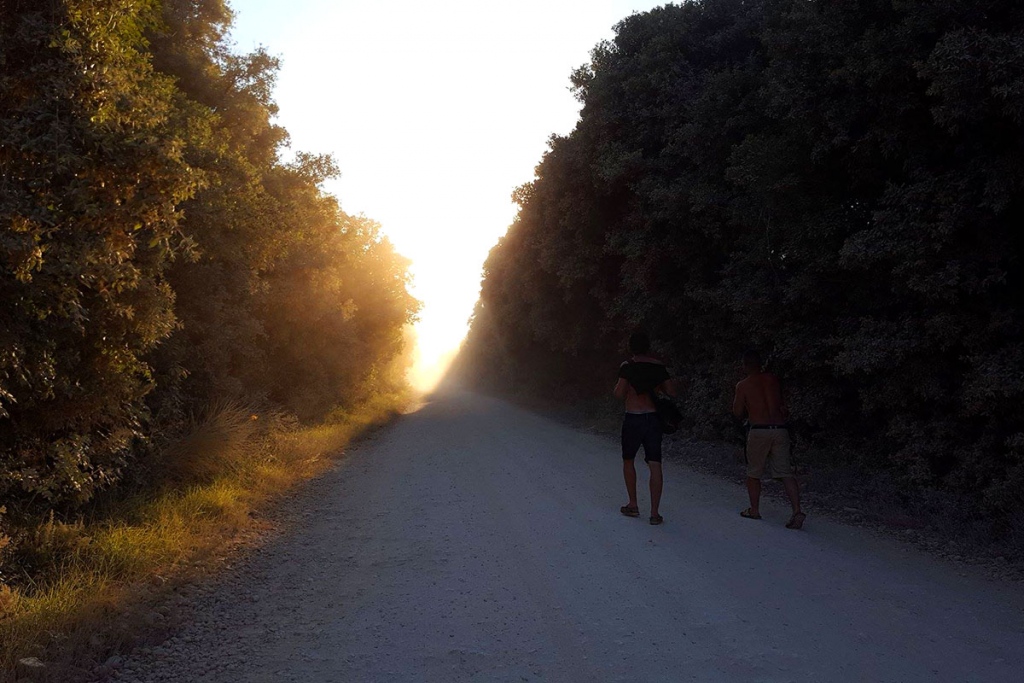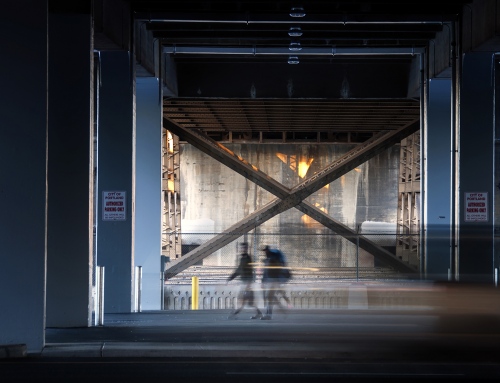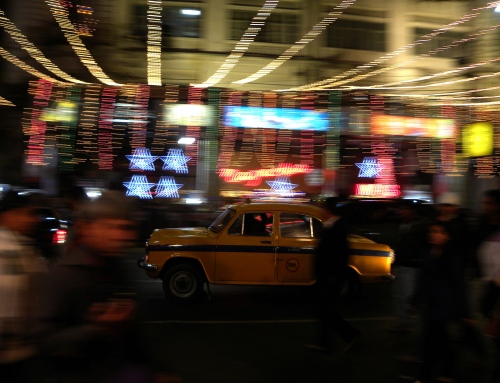Photography literally means ‘writing with light’ – that immediately tells you how important lighting is in photography. Understanding light is a priority in photography. Without that knowledge you will not be able to continuously produce great photos. As it is with everything in life, where there is light, there must be shadow – they go hand in hand. The importance of shadows in photography should not be neglected. Learn to use them both together, and you may be on to something.
Contrast
Direct lighting that produces strong, sharp shadows emphasizes the contrast between them. Attention will be pulled to the parts of the image where there are large contrasts in tones and it will add drama to a photograph. These kinds of contrasts cannot be achieved by using only light, you have to incorporate shadows. Backlights typically work well when you are trying to shoot silhouettes and the tonal contrast is stronger.
Time of day
Depending on which time of day you are shooting in or which season, the shadows will be cast differently. It has to do with the angle of the sun and how it cast light on the earth. Midday sun is strongest, which results in sharp shadows and high tonal contrasts. Early morning light and sunset light fall at a sharper angle, so the shadows are not as strong, but they can reveal the beauty and texture of the surroundings.
Positioning
No matter what or where you are shooting, positioning has a lot to do with understanding photography lighting. Always be aware of where your light source is relative to your subject and where you and your camera are relative to them. Move around as much as you can for different effects.
Natural and artificial lighting
Natural light is of course the most common and should be used whenever possible. All artificial studio lighting is trying to do is basically imitate natural light. But found lighting, like street lights or lights in a club, can produce effects that natural lighting cannot. Combining natural and artificial lighting in one image can be really fun and often leads to the most striking results.
Whatever type of lighting you are using – remember to pay attention to the shadows too. Compose your photograph in a way that the play and contrast between light and shadow becomes the focal point of the image. You can do that with direct shadows that make beautiful patterns or you can focus on the more subtle transition between different tones.
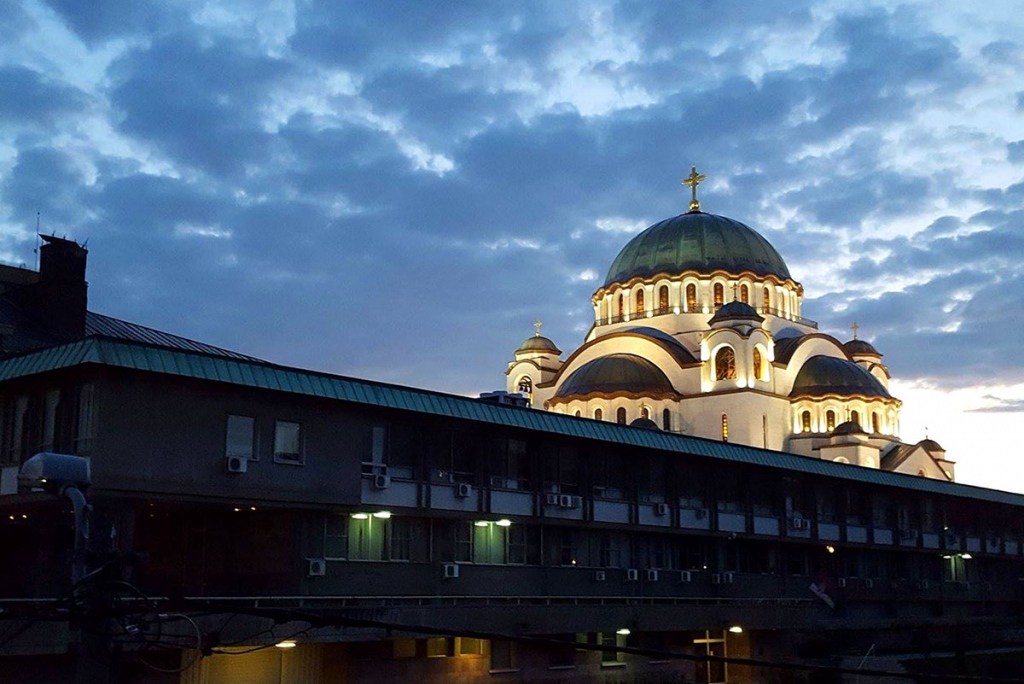
Be aware of how shadow and light direct your composition
You shouldn’t shy away from shadows. The importance of shadows in photography is that they can be used in a way that enhances the light source and the subject. Layering shadow and light brings a sense of depth to an image, which cannot be achieved if everything in a photograph is equally lighted. Train yourself by photographing in different lighting conditions and soon you will be able to position the factors that produce a great photograph.
